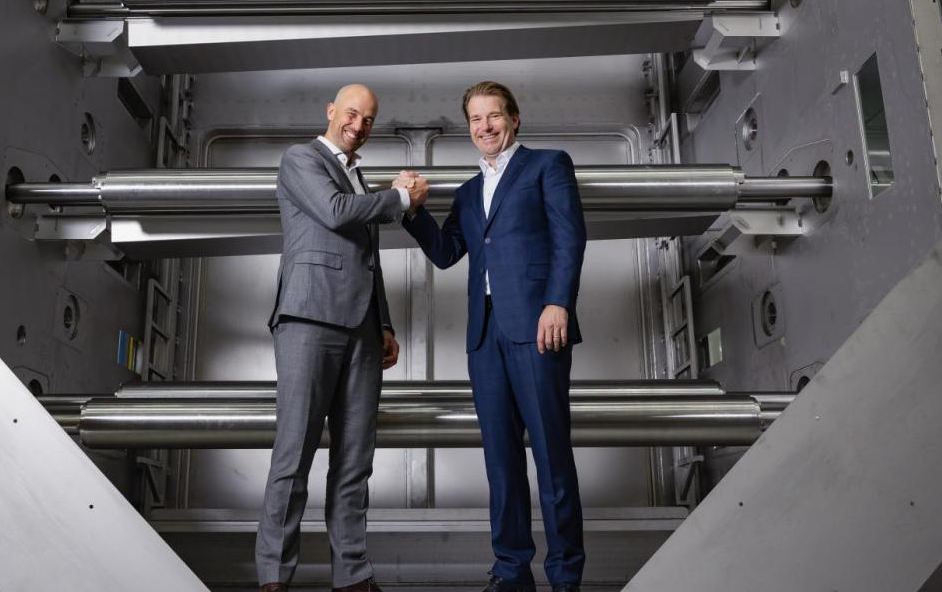Battolyser Systems and VDL Hydrogen Systems have joined forces to develop and commercialize what they claim will be the first fully flexible industrial electrolyzer.
With manufacturing support from Dutch industrial heavyweight VDL Groep, the venture underscores the Netherlands’ intent to solidify its role in the European hydrogen economy ahead of 2030 decarbonization targets.
The companies plan to launch an electrolyzer with a capacity of up to 15 MW, capable of producing around 300 kilograms of hydrogen per hour. To put that figure into context: one kilogram of hydrogen can enable the production of roughly 20 kilograms of CO₂-free steel, suggesting that the system could support hard-to-abate sectors such as green metallurgy and ammonia synthesis.
The key innovation lies in flexibility. Most industrial-scale electrolyzers on the market today suffer from long startup times and inefficiencies under variable loads, making them ill-suited for integration with intermittent renewable energy sources like wind and solar. By contrast, the new system aims to seamlessly ramp production up or down based on real-time electricity availability—a design tailored for grid-responsive operation.
During periods of excess wind power, the system can convert surplus electricity into hydrogen for immediate use or pipeline injection. When renewables are offline or curtailed, the unit can be shut down without technical loss, allowing stored or imported hydrogen to meet demand. This load-following capability is seen as a necessary prerequisite for a scalable hydrogen economy, especially in grid-congested regions.
VDL Hydrogen Systems has been developing this container-sized electrolyzer prototype since 2022. The technology uses an alkaline electrolyte (water mixed with lye) circulating through a ‘stack’ of cells—each with membrane-separated electrodes that facilitate hydrogen and oxygen generation. Current development work is focused on improving the energy efficiency of the stack and reducing system-level costs through modular design.
The integrated system includes gas purification units and conditioning components required for downstream applications like e-fuel synthesis or clean steel production. Although the electrolyzer stack technology is not new, the innovation lies in the architecture’s responsiveness and cost engineering, with industrial scalability at its core.
For the Netherlands, this collaboration addresses several strategic gaps. First, it enhances domestic electrolyzer manufacturing capacity, which has historically lagged behind Northern European peers like Germany or Denmark. Second, it leverages the country’s existing offshore wind build-out and hydrogen-ready infrastructure. Third, it aligns with EU objectives under the REPowerEU plan, which aims to deploy 40 GW of electrolyzer capacity within the bloc and 40 GW in partner countries by 2030.
Stay updated on the latest in energy! Follow us on LinkedIn, Facebook, and X for real-time news and insights. Don’t miss out on exclusive interviews and webinars—subscribe to our YouTube channel today! Join our community and be part of the conversation shaping the future of energy.
